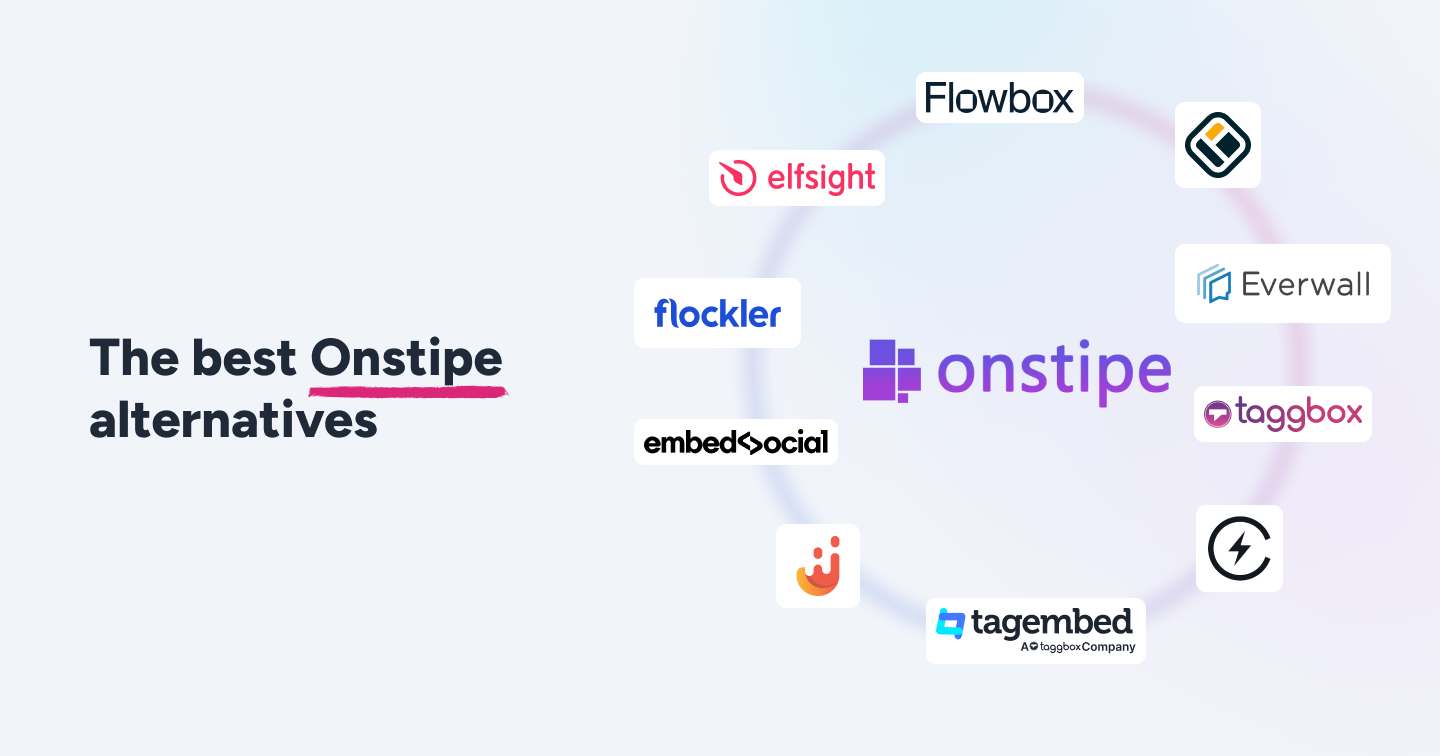Summary
It’s about direct connections with consumers, where they live and where they’re telling their stories, on mobile of every minute of every single day.
The most recognisable brand on the planet, the 130-year-old drinks company that sells its merchandise in more than 207 countries needs no introduction, it is of course Coca-Cola. The drinks giant’s group director of digital communications and social media Doug Busk, who is responsible for content created for Coca-Colacompany.com as well as all the social channels the brand is on (Facebook, LinkedIn, Instagram and others to come), recently told Chris Gomersall that their readers are mainly on mobile or tablet and that, “the mode might be mobile, but the medium is social.” From the same interview he said: “I predict over time it will become social-only publishing.”
In his own words taken from interviews he’s given during the last year, here Doug Busk outlines why The Coca Cola Company has started publishing social first:
- Social is where the faces are: “The atomisation of publishing means that as a publisher, especially a digital publisher, you need to focus on where the faces are. The faces are on social, the eyes are on social, most importantly the shares and engagement are in social. If you look at Facebook Instant Articles, from Google Now Cards to Apple News it is the revenge of RSS, these are all representations and manifestations of the atomisation of publishing. As a publisher you need to realise that is where your readers are, and that is more importantly where your readers will engage, so it’s all about the share. If you’re not focusing on sharable content, I don’t know why you’re producing content at all.”
- People want visual content: “The rise of visual. You simply cannot ignore what’s happening with Snapchat, Instagram or Facebook being the largest photo repository. As a publisher your future is visual. This isn’t the death of long form, this is the incorporation of visual to bring and keep readers with your content.”
- We use the revolution of digital to tell stories: “Every brand, not just the big brands like The Coca Cola brand, has the opportunity to use this revolution of digital media to communicate stories directly to consumers and furthermore, engage them. That’s really the power of digital, content marketing, brand marketing or whatever the buzz word you want to apply to it, at the end of the day it’s about engagement. It’s about direct connections with consumers, where they live and where they’re telling their stories, on mobile of every minute of every single day.”
- We embed social into everything: “We moved beyond social media to embedding social reality into our operations any day of the week, any week of the year. Silence in this space is not an option. Our consumers expect us to be there, our consumers expect us to be listening and frankly whether they are fans or critics the idea we can sit idly by is not an option.”
- Social allows us to take risks: “We all have to forget what we learnt in school; what we learnt in school has changed. Someone else controls the variables and sentiment impacting on your brand. Coca cola is mentioned 35 times a minute somewhere round the world, with the average of that number going up every day. So what we have to do is leverage our assets so that 1+1=3. We can’t put out the same advertising and expect the same results. We’ve taken risks with our content to spark conversation. The #Americaisbeautiful ad is about us engaging in a cultural conversation – leveraging the halo of our brand and what it means to be an American. We promoted it with a hashtag so that our consumers, whether they were a fan of our vision or not, could engage in a conversation with us. We then we let them take control of that conversation.”
- Our customers (on social) have the answers: “’When you get lost, go to the store, the customer has all the answers’, Sam Walton said, but the reality now is you have to go to social as well. We’ve typically paid consumer research companies millions of dollars to tell us what our customers think of our product, whereas on social they are now telling us for free. Our consumers are now supplying us with key information that we need to evaluate whether or brands or campaigns are successful.”







